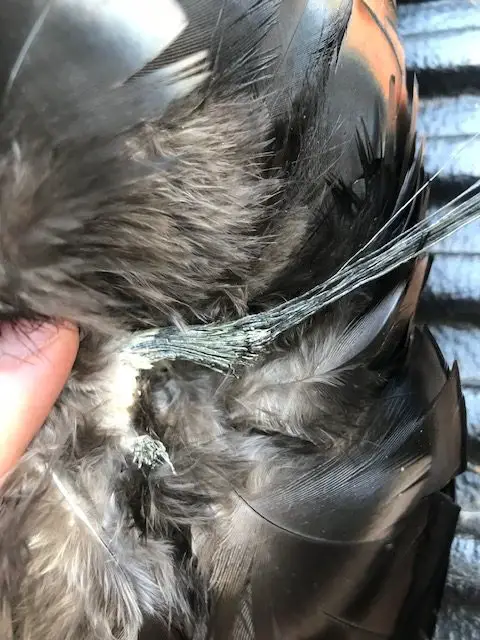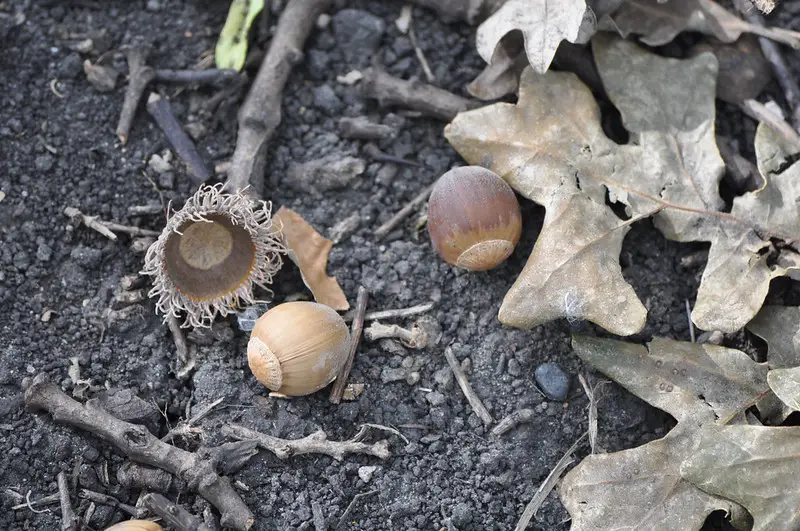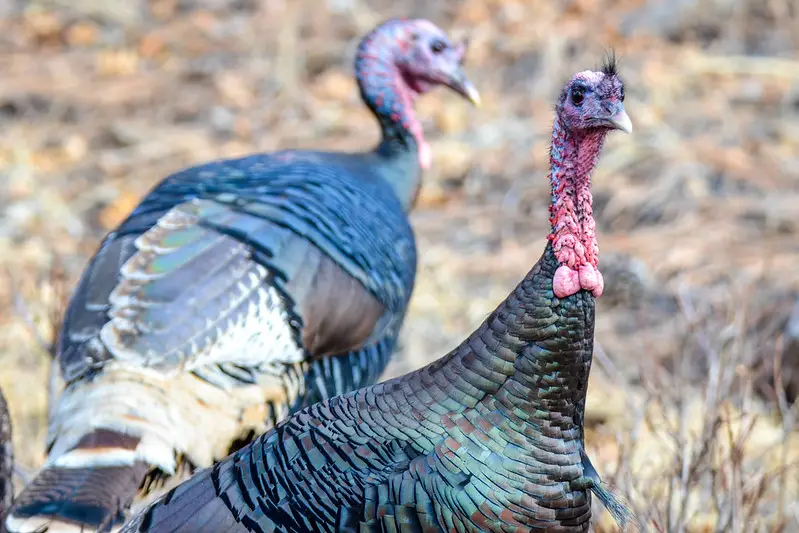
Have you ever shot a bird you were sure was a mature tom only to find out he had the beard of a jake?
You most likely killed a gobbler with turkey beard rot.
My brother was hunting a few years back. He had a tom working hot and heavy. This tom came in like a grown a** man, gobbling and strutting.
My brother shot him and ran out to retrieve his trophy. It was then that he realized that the beard was extremely thin.
Though this turkey had over one-inch spurs and a full fan, only a few strands of the beard were longer than a couple of inches. We started researching and realized this tom was a victim of beard rot. We called him Garth Brooks because when he gobbled the thunder rolled, but he left his beard on the beaches of Cheyenne.
This experience taught me a lot about turkey beard rot. Here is what I learned about what causes it, what exactly it looks like, how edible the meat is, and if it is even legal to kill a bird with beard rot.
What causes turkey beard rot?
Turkey beard rot results from a lack of melanin in the beard. Melanin is a pigment that makes the beard black and strong.
Turkeys genetically produce melanin. A temporary deficit will usually correct itself over time. This is why you can see different color streaks in the beard.
Beard rot is NOT caused by mites, fungi, or changes in temperature. These myths have been spread over time, but are not believed to be primary contributors.
What does turkey beard rot look like?
When a melanin deficiency occurs, the beard strands will not be dark. They will take on a blonde or reddish color.
These blonde/red areas are more brittle and weak than the black portions of the beard. They are much more prone to breaking off.
This is why you can have a mature tom with a shorter beard. His beard has broken off at some point.
Can I eat a turkey with beard rot?
You should have no problems eating a turkey with beard rot. As mentioned above, beard rot is just a genetic melanin deficiency, not actual rot.
As long as the meat has been properly cared for and there are no other issues with the turkey, the meat will be just as tasty as any other tom you’ve ever taken.
Is it legal to shoot a turkey with beard rot?
Read your regulations carefully before hitting the field. Many state regulations state that only “bearded” turkeys or birds can be legally harvested.
While the nature of this law is to protect hunters who shoot bearded hens, you never know how individual game wardens may interpret this.
If the regulations state that you can shoot “toms” or “gobblers,” it is fine to shoot a turkey with beard rot. Just keep in mind that you will have to identify its sex by its size, plumage, spurs, head, or vocalizations.
Conclusion
My brother and I had barely heard of turkey beard rot until a few years ago. I learned a lot from that turkey he killed. Hopefully, this article has cleared up any confusion you may have had.
If you kill a tom with beard rot, don’t despair. You can still eat the meat and in most cases, you’re safe from the law. You’re no less of a hunter. While your hunting buddies may not be impressed with your tom’s rope, you will knock their socks off with your knowledge of beard rot.


